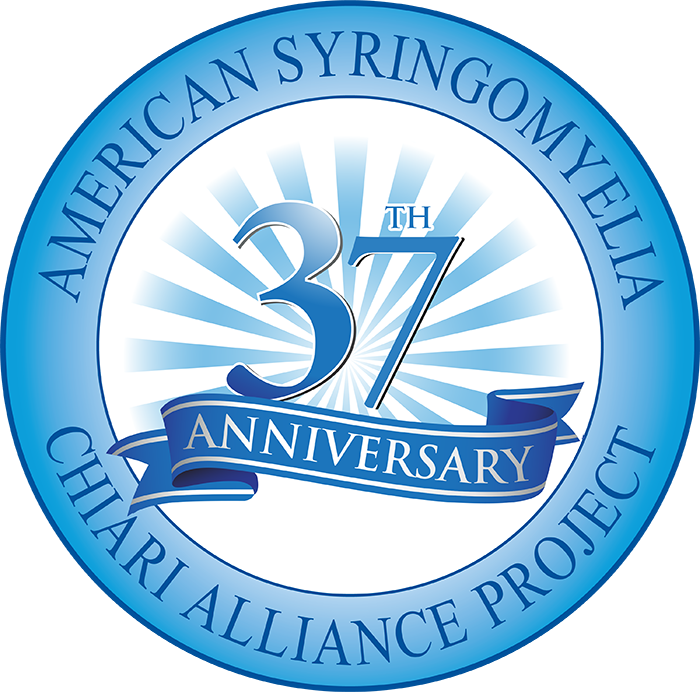Syrinx Shunts
Syrinx Shunts
by John Jane Jr., MD
What are the different types of syrinx shunting procedures?
In general, a “shunt” is any procedure that diverts fluid from one space to another. For a syrinx shunt, the fluid is diverted from the syrinx into another space where the fluid can be absorbed. What distinguishes one shunt from another is the location of that space. The space may be in subarachnoid space (the space surrounding the spinal cord immediately outside the syrinx), the lung lining (or pleural space), or the abdomen (or peritoneal space). Physicians name the shunts based on where they start and end. Therefore, the shunt may be a syringo-subarachnoid shunt, a syringo-pleural shunt, or a syringo-peritoneal shunt. The decision to use a shunt depends greatly on the clinical situation and the surgeon’s preferences.
When is it indicated?
In most circumstances, a syrinx is considered to be a side effect of another problem (i.e. Chiari malformation, tethered spinal cord, post-traumatic spinal cord injury). Surgeons treat the primary cause of the syrinx first before performing a direct operation on the syrinx.
In the setting of a Chiari I malformation, a syrinx shunt is not the first procedure that is performed. Most often, the Chiari decompression will effectively treat the syrinx. If the Chiari decompression fails to decrease the syrinx size, the surgeon may consider whether the decompression was inadequate, whether there is evidence of a tethered cord, or whether there is hydrocephalus. If these situations are either not present or have already been addressed surgically, then the surgeon may consider performing a syrinx shunt as a last resort.
Similarly, in the setting of a tethered cord that is associated with a syrinx, the surgeon will most often perform a tethered cord release first. If this fails to decrease the syrinx and there are no other potential causes of the syrinx, the surgeon may consider performing a syrinx shunt.
Post-traumatic syringes can be difficult to treat surgically. Surgeons often will attempt to treat the scarring that is present around the spinal cord first. Should this fail to treat a progressively enlarging and symptomatic syrinx, the surgeon may consider performing a syrinx shunt.
What are the possible complications?
In order to place the shunt into the syrinx, an incision must be made in the spinal cord. Whenever an incision is made in the spinal cord there is a risk of injury and therefore paralysis but more often there is minor sensory disturbances resulting from shunt placement. When possible the surgeon will make an incision at a level that is below the nerves that go to the arms. This is generally below the first thoracic vertebra. One of the more common complications of a shunt is that it can fail after a period of time working. Shunt failure can occur because of scarring, or the catheter may become clogged and is no longer able to divert fluid from one space to another.
Shunt failure may not cause symptoms (asymptomatic) and may only be apparent when an MRI is performed and shows that the syrinx has refilled or enlarged. When symptomatic, it typically presents with a return of the symptoms that were occurring before the shunt was inserted.
There is some debate about whether any restrictions are needed in patients who have shunts. Some surgeons prefer patients to not perform contact sports or activities that may cause twisting that could put tension on the shunt. However, other surgeons place no specific restrictions on patients with shunts.

